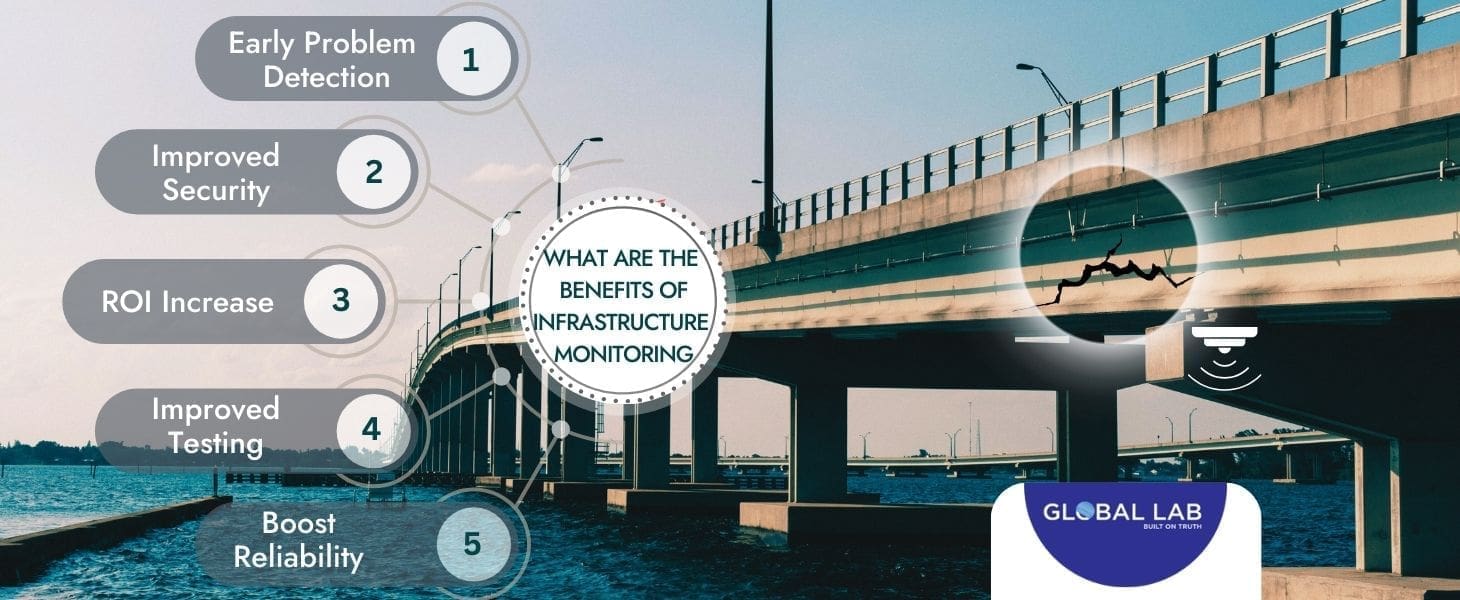Introduction:
In today’s ever-evolving world, where infrastructure plays a pivotal role in our daily lives, the concept of The monitoring has gained significant importance.
Monitoring refers to the systematic process of observing, measuring, and managing various components of critical infrastructure, such as bridges, roads, dams, and buildings. In this article, we will explore the essence of this system and elucidate why it is crucial for ensuring the longevity, safety, and reliability of our built environment.
1. Early Detection of Issues.
One of the primary benefits of this system is its ability to detect problems before they escalate into critical failures. By continuously collecting data on infrastructure components, such as structural conditions and environmental factors, monitoring systems can identify anomalies and deviations from expected performance. This early warning system allows for timely interventions, reducing the risk of catastrophic failures.
2. Enhancing Safety.
Safety is paramount in infrastructure projects, as any failure can lead to human casualties and substantial economic losses. Infrastructure observation ensures the safety of these assets by identifying potential hazards or deterioration in real time. This proactive approach allows for preventive maintenance and the implementation of safety measures before accidents occur.
3. Extending Lifespan.
Infrastructure assets are designed with a specific lifespan in mind. However, with appropriate monitoring and maintenance, their operational life can often be extended. Infrastructure observation helps identify deterioration or wear and tear, enabling targeted repairs and improvements that can significantly prolong the life of critical assets.
4. Cost Savings.
Timely identification and resolution of issues through Infrastructure observation can result in substantial cost savings. Reactive repairs or replacements tend to be far more expensive and disruptive than proactive maintenance. By addressing problems before they escalate, infrastructure monitoring contributes to cost-effective asset management.
5. Data-Driven Decision-Making.
Modern Infrastructure observation systems rely on advanced sensors and data analytics tools to collect and process vast amounts of information. This data-driven approach empowers decision- makers with valuable insights into the performance and condition of assets. Informed decisions can then be made regarding maintenance schedules, upgrades, or even the allocation of resources.
Infrastructure Monitoring in Action.
To illustrate the significance of Infrastructure observation, let’s consider several critical sectors where this practice is instrumental:
1. Transportation
Infrastructure observation is vital for ensuring the safety and efficiency of transportation systems. For instance, it plays a crucial role in monitoring the condition of bridges and tunnels. Continuous data collection helps assess structural integrity, detect corrosion, and identify potential vulnerabilities due to traffic loads and environmental factors.
2. Energy.
In the energy sector, infrastructure monitoring is essential for power generation, transmission, and distribution. It enables utility companies to monitor the condition of power plants. Timely identification of equipment failures or anomalies can prevent widespread power outages and ensure a reliable energy supply.
3. Water Resources.
Infrastructure observation is equally critical for managing water resources. Dams, reservoirs, and water treatment facilities rely on continuous monitoring to detect leaks, structural defects, and changes in water quality. This ensures the safety of water supply and flood control systems.
4. Buildings and Construction
In the realm of construction and building management, Infrastructure observation is indispensable for ensuring the structural integrity of high-rise buildings and other structures. Real-time data on factors like foundation settlement, structural vibrations, and temperature variations can help prevent accidents and ensure occupant safety.
The Role of Global Lab in Infrastructure Monitoring
When it comes to Infrastructure observation, partnering with a reputable and accredited laboratory like Global Lab Material Testing Company is paramount. With their extensive experience and NABL accreditation, Global Lab is a trusted provider of monitoring services for various critical infrastructure projects.
Global Lab’s commitment to quality, accuracy, and adherence to international standards ensures that infrastructure monitoring data is reliable and actionable. Their state-of-the-art equipment and highly trained experts enable precise data collection and analysis, contributing to safer and more resilient infrastructure.
Conclusion
Infrastructure monitoring is not just a best practice; it is a necessity in today’s rapidly changing world. It serves as a proactive approach to safeguarding critical infrastructure assets, enhancing safety, and optimising maintenance efforts. By continuously monitoring the condition and performance of infrastructure components, we can extend their operational life, reduce costs, and ensure the safety and well-being of communities.
Global Lab Material Testing Company, with its dedication to quality and NABL accreditation, stands as a dependable partner in the realm of infrastructure monitoring. As we look to the future, the integration of advanced technologies and data analytics will further strengthen the role of infrastructure monitoring in preserving the resilience and longevity of our vital infrastructure systems. In this dynamic landscape, a proactive and data-driven approach is the key to ensuring stability and safety in our built environment.



